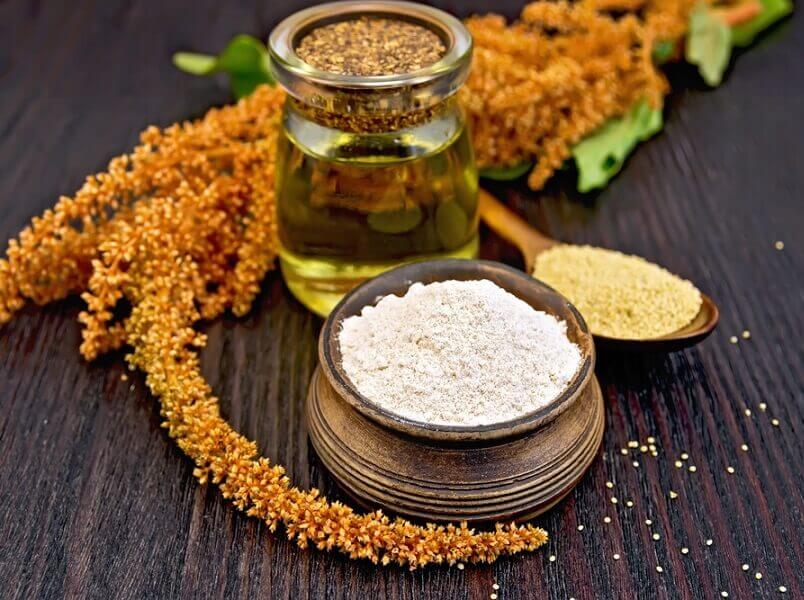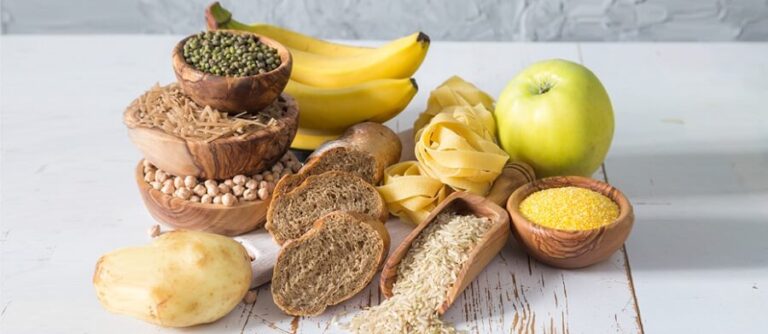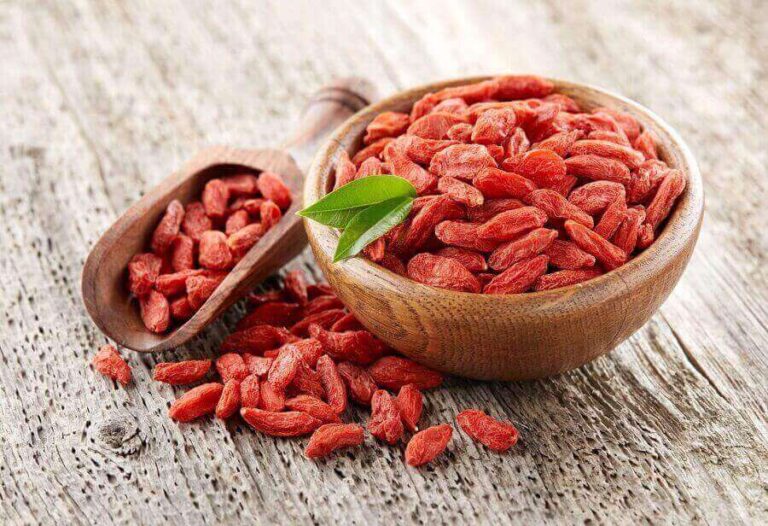Amaranth: What is it?
Amaranth is a pseudocereal belonging to the Amaranthaceae family. The benefits and nutritional properties of amaranth have been confirmed by science. Its high content of vegetable proteins and the contribution of complex carbohydrates, vitamins, and minerals have made it one of the superfoods.
The origin of the amaranth plant arises in Latin America. It is one of the oldest crops on this continent. It was initially cultivated by the Aztecs, who called it huauhtli. Amaranth is currently grown in various parts of the world, and due to its benefits and nutritional properties, it is one of the foods included in the diet of astronauts.
Benefits and nutritional properties of amaranth
The benefits of amaranth are:
- Contribution of proteins of high biological value
- The high content of antioxidants
- Improves the circulatory system
- Regulates blood insulin levels
- Improves the digestion process
- It does not contain gluten
- It can help you lose weight
- Contribution of proteins of high biological value
One of the benefits of amaranth is its high content of proteins of high biological value. It is high in lysine content, an amino acid directly related to the synthesis of collagen, as well as it is a fundamental element in avoiding muscle catabolism.
- High content of antioxidants
This pseudocereal contains unique antioxidants. The anticancer properties of these compounds make this one of the main benefits of amaranth.
- Improves the circulatory system
Including amaranth 2 or 3 times a week effectively improves the circulatory system. This is due to its high content of healthy monounsaturated fats, a fat related to preventing coronary events.
- Regulates blood insulin levels
Due to its medium glycemic index and high fiber content. One of the benefits of amaranth is to regulate blood insulin levels. For this reason, it is one of the essential ingredients in a diet for type 2 diabetics.
- Improves the digestion process
Another benefit of amaranth is that it is a food with fiber. The consumption of these foods is related to an improvement in the digestion process and a simple way to prevent constipation.
- Does not contain gluten
One of the benefits of amaranth is not having gluten in its composition; for this reason, it is considered suitable food for coeliacs.
- It can help you lose weight.
Like most pseudocereals, amaranth is a relatively low-calorie food. For this reason, we consider it a food that can help you lose weight. The key to this benefit: measure your portions.
Table of nutrients for amaranth (100 g dry)
| Water | g | 11.3 |
| Energy | kcal | 371.0 |
| Protein | g | 13.6 |
| Total fat | g | 7.0 |
| Carbohydrates | g | 65.3 |
| Fiber | g | 6.7 |
| Total carbohydrates | g | 1.7 |
| Minerals | ||
| Football | mg | 159.0 |
| Iron | mg | 7.6 |
| Magnesium | mg | 248.0 |
| Match | mg | 557.0 |
| Potassium | mg | 508.0 |
| Sodium | mg | 4.0 |
| Zinc | mg | 2.9 |
| Vitamins | ||
| C vitamin | mg | 4.2 |
| Thiamine | mg | 0.1 |
| Riboflavin | mg | 0.2 |
| Niacin | mg | 0.9 |
| Vitamin B6 | mg | 0.6 |
| Folic acid | µg | 82.0 |
| Vitamin B12 | µg | 0.0 |
| Vitamin A and | µg | 0.0 |
| Vitamin A, IU | IU | 2.0 |
| Vitamin E | mg | 1.2 |
| Vitamin D | µg | 0.0 |
| Vitamina K | µg | 0.0 |
Amaranth – Protein content
100 g of dried amaranth contains approximately 13-25 g of vegetable protein. This figure is high for plant food.
In addition, its proteins contain all the essential amino acids. Something necessary for those who carry out a vegetarian diet. The amino acid profile of amaranth is described below:
| Amino Acid Profile of 100g Amaranth | |
| Total proteins | 13-19 g |
| Histidine | 0.38 |
| Isoleucina | 0.58 |
| Leucine | 0.87 |
| Methionine | 0.22 |
| Phenylananine | 0.54 |
| Threonine | 0.55 |
| Valina | 0.67 |
| Lysine | 0.74 |
Composition of amaranth proteins. Source: USDA
Amaranth vs. quinoa vs. rice
Amaranth is a pseudocereal; although its production is similar to cereals, its seeds are obtained from flowers. The main difference between this food and cereals such as brown rice is its amino acid profile.
In addition, amaranth grains have a higher concentration of proteins and fewer carbohydrates than rice, wheat, and spelling.
Compared to quinoa, it is similar. The main difference is its cooking time and fewer vegetable proteins.
Does amaranth make you fat?
No, amaranth is not fattening. Weight gain occurs when there is a positive balance of calories, a more significant amount of calories consumed than those expended. However, it is essential to note that it does not provide simple carbohydrates, a type of carbohydrate directly related to weight gain.
The glycemic index of amaranth is low: about 35 units, similar to that of oats or quinoa. This figure may vary if it is used in the form of flour or the state of shelled grain. The fiber content in this pseudocereal is approximately 10 g / 100 g of product, being even higher in whole wheat flour.
How do you cook?
Amaranth can be cooked both as a main dish and included in foods in flour, pasta, cakes, bread, and cookies. Foods prepared from this pseudocereal flour are suitable for a gluten-free diet.
In Mexico and Peru, the traditional amaranth-based product is a sweet prepared with popped grains. The beans are mixed with honey, chocolate, and lemon. They are giving it different shapes similar to that of a nougat. It is known as kiwicha, joy in Mexico, or tattoos in India in Peru.
Are amaranth leaves eaten?
Amaranth leaves are an ingredient used in haute cuisine. They can be boiled and combined with coconut oil, chia seeds, tomatoes, and bell peppers. The preparation of soups with plant leaves and spices such as nutmeg, salt, and garlic is an excellent starter.
The leaves of the amaranth plant exceed the nutritional values of spinach in terms of protein, vitamins, and minerals. Due to this reason, in some countries, it is used as fodder in livestock production.
Amaranth production in the world
FAO has confirmed this plant as the crop with the most significant development potential for the coastal and Andean regions of South America. This is explained due to the benefits of amaranth in terms of nutrition and its excellent resistance to dry soils and climates.
Amaranth is a superfood due to its high protein content, biological value, and excellent healthy fat profile. Its way of preparing it in the kitchen is versatile; it can be made from accompaniments to sweet desserts such as the famous Peruvian dessert kiwicha. Due to the benefits of amaranth in terms of macro and micronutrients, it is one of the foods that predominate in the diet of astronauts.
Where to buy it?
Currently, amaranth grains are traded globally and grown throughout the world. China, India, Mexico, the USA, Argentina, and Russia, are the leaders in its production.
Due to its benefits and nutritional properties, the consumption of amaranth grains has grown exponentially internationally. This pseudocereal can be purchased in most supermarket chains and organic and organic food stores.







